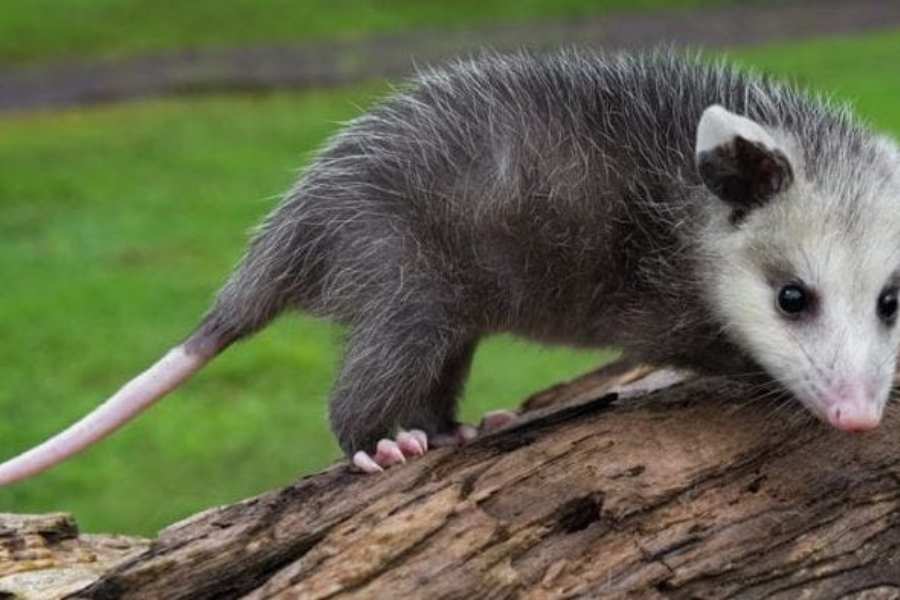The word “Tñacuache” may seem unfamiliar to many, but it holds significant cultural, ecological, and historical importance in various regions. Derived from the Nahuatl word “tlacuatzin,” Tñacuache refers to the opossum, a marsupial native to the Americas. This creature is not only known for its unique biological traits but also for its deep-rooted presence in folklore, agriculture, and environmental studies. This article aims to provide a comprehensive understanding of the Tñacuache, exploring its biology, cultural significance, ecological role, and much more.
Understanding the Tñacuache: Biological Overview
The Tñacuache, or opossum, is a small to medium-sized marsupial found throughout North and South America. Belonging to the family Didelphidae, the most common species in Central America is the Virginia opossum (Didelphis virginiana). This section delves into the physical characteristics, reproductive habits, and adaptive features of the Tñacuache, which have enabled it to thrive in diverse environments.
Habitat and Distribution
Tñacuaches are highly adaptable creatures that inhabit a wide range of environments, from forests and swamps to urban areas. This section explores their geographical distribution, focusing on the regions in Central and South America where they are most commonly found. The adaptability of the Tñacuache in both rural and urban landscapes will also be examined, highlighting its ability to coexist with human populations.
The Tñacuache in Mesoamerican Culture
In Mesoamerican cultures, the Tñacuache holds a significant place in mythology and folklore. Often seen as a trickster figure, it appears in numerous stories and legends across indigenous communities. This section will explore the cultural symbolism of the Tñacuache, its representation in ancient art, and its role in traditional rituals and ceremonies.
Tñacuache and Agriculture: A Historical Perspective
The Tñacuache has historically played a role in agriculture, particularly in pre-Columbian societies. Known for its ability to control pests, this marsupial was considered beneficial by ancient farmers. This section will discuss the Tñacuache’s role in traditional agriculture, its interaction with crops, and how it was perceived by early agricultural societies.
Tñacuache as a Pest and Its Impact on Modern Agriculture
While historically beneficial, the Tñacuache is often considered a pest in modern agriculture. This section will explore the challenges posed by Tñacuaches in contemporary farming practices, including crop damage and disease transmission. Strategies for managing Tñacuache populations and mitigating their impact on agriculture will also be discussed.
Ecological Role of the Tñacuache
Tñacuaches play a crucial role in their ecosystems as both predators and prey. They help control insect and small animal populations while also serving as a food source for larger predators. This section will delve into the ecological significance of Tñacuaches, examining their role in maintaining ecological balance and contributing to biodiversity.
Tñacuache and Disease Transmission
Tñacuaches are known carriers of several diseases, some of which can be transmitted to humans and domestic animals. This section will provide an overview of the diseases associated with Tñacuaches, including leptospirosis and Chagas disease. The potential public health risks and preventive measures will also be discussed.
The Tñacuache in Urban Environments
As urbanization expands, Tñacuaches are increasingly found in cities, where they adapt to new food sources and habitats. This section will explore the presence of Tñacuaches in urban areas, their interactions with humans, and the challenges they face in these environments. The adaptability of the Tñacuache to urban life and its impact on city ecosystems will be examined.
Conservation Status and Efforts
Despite their adaptability, Tñacuaches face threats from habitat destruction, road mortality, and human-wildlife conflict. This section will discuss the conservation status of Tñacuaches, highlighting the efforts being made to protect their populations. The role of conservation organizations and government policies in ensuring the survival of Tñacuaches will also be explored.
Tñacuache in Popular Culture
The Tñacuache has made its way into popular culture, appearing in literature, television, and even as mascots. This section will explore the representation of Tñacuaches in modern media and their significance as cultural icons. The role of the Tñacuache in shaping public perception and its influence on contemporary culture will be analyzed.
Myths and Misconceptions About Tñacuaches
Tñacuaches are often misunderstood creatures, with many myths and misconceptions surrounding their behavior and characteristics. This section will address common myths, such as the belief that Tñacuaches are aggressive or that they are dirty animals. By debunking these myths, the article aims to provide a more accurate understanding of Tñacuaches.
Tñacuache and the Environment: Their Role in Ecosystem Services
Tñacuaches contribute to ecosystem services, including pest control, seed dispersal, and soil aeration. This section will explore the various ways in which Tñacuaches benefit the environment and contribute to the health of ecosystems. The importance of recognizing and preserving these services will also be discussed.
Tñacuache Research and Studies
Scientific research on Tñacuaches has provided valuable insights into their behavior, biology, and ecological impact. This section will highlight key studies and research findings related to Tñacuaches, including recent discoveries and ongoing research projects. The importance of continued research in understanding and conserving Tñacuaches will be emphasized.
Tñacuache in Traditional Medicine
In some cultures, Tñacuaches have been used in traditional medicine for centuries. This section will explore the medicinal uses of Tñacuaches, including the beliefs and practices associated with them. The ethical considerations and the impact of traditional medicine on Tñacuache populations will also be examined.
Conclusion
As we look to the future, the survival and well-being of Tñacuaches depend on a balance between conservation efforts and human activities. This concluding section will summarize the key points discussed in the article and offer insights into the future of Tñacuaches in a rapidly changing world. The importance of fostering coexistence between humans and Tñacuaches will be emphasized, along with a call to action for their protection and preservation.

Leave a Reply